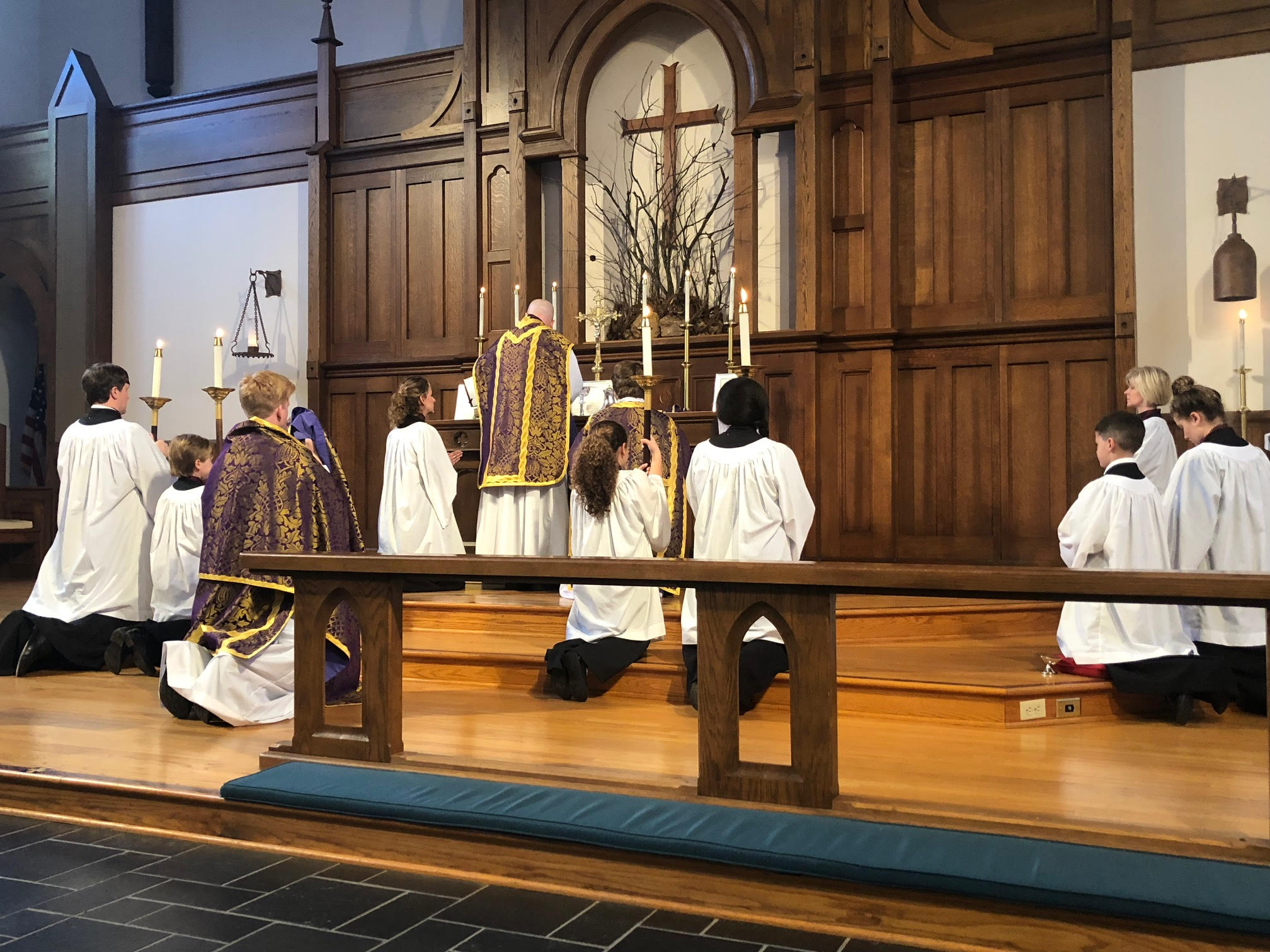A New Subdeacon
Once upon a time, the path to the priesthood took a more graded route. There were actually seven steps of ordination that led one to the priesthood. The first four steps of ordination were called minor orders. They were, in order: porter, lector, exorcist, and acolyte. The final three were major orders and consisted of subdeacon, deacon, and priest. Included in the logic, I presume, is a pilgrimage toward the altar. The porter unlocks the door, the lector reads Holy Scripture in public worship, the exorcist casts out the demons, and the acolyte serves at the altar. One can see an eastward progression. I always like to tell our newest acolytes that once upon a time, they would have ranked higher than those casting out demons!
In 1972, Pope Paul VI abolished the subdiaconate as a minor order. He did not abolish the subdiaconate per se as he allowed the role to continue but not as a part of ordained ministry. The subdeacon often exists now as a liturgical anachronism. If you want to have a solemn high mass, in the way it used to be done, you would need a subdeacon.
According to his Motu Proprio, Pope Paul’s rationale is based on the work of Vatican II, specifically the constitution Sacrosanctum Concilium and this paragraph in particular:
“Mother Church earnestly desires that all the faithful should be led to that fully conscious, and active participation in liturgical celebrations which is demanded by the very nature of the liturgy. Such participation by the Christian people as "a chosen race, a royal priesthood, a holy nation, a redeemed people (1 Pet. 2:9; cf. 2:4-5), is their right and duty by reason of their baptism.
In the restoration and promotion of the sacred liturgy, this full and active participation by all the people is the aim to be considered before all else; for it is the primary and indispensable source from which the faithful are to derive the true Christian spirit; and therefore pastors of souls must zealously strive to achieve it, by means of the necessary instruction, in all their pastoral work.” (Paragraph 14)
In eliminating the ordained roles of porter, lector, exorcist, acolyte, and subdeacon, Pope Paul VI wished to elevate the lay roles of reader and acolyte, which would serve many of the same functions as the subdeacon. While the minor orders haven’t been an issue for Anglicanism, this papal act did place greater focus on the laity’s participation in the liturgy and not just their participation from the pew. Acolytes and lectors are now drawn from all walks of lay life and not just those preparing to serve the Church in the ministerial priesthood.
But I think we should, as best we can, resurrect the minor orders. I don’t mean they should return as ordained ministries, but I think their roles should take on a more prominent nature in the life of the parish.
Today we welcomed a new subdeacon to our common life. Our regular (and excellent) subdeacon is currently in Costa Rica on a mission trip. Subdeacons don’t exactly grow on trees. In my opinion, the liturgical work is more complex than that of the celebrant. There is a lot to do and a lot to remember. And since subdeacons only serve when there is both a deacon and celebrant, it’s not as if you can get your liturgical reps in during the week. It has to be a Solemn High Mass.
Our newest subdeacon has served as an acolyte and has graduated to thurifer. In our sacristy, you have to be able to hold a candle before you can swing the smoke. He’s also a normal, All-American 17-year-old young man. He did an excellent job and I look forward to his continue liturgical maturation and devotion.
This development and devotion are greatly aided by the availability of liturgical ministry. Instead of the subdiaconate stifling full and active participation in the liturgy, it has opened it up.
I don’t know for sure because I’m not with him, but my hunch is he has talked to a lot of people about what happened today. He’s talked to a lot of people about what happened at church. In the best and most Christian sense of the word he, and all our wonderful liturgical ministers, have pride in their offering. It is for the greater glory of God and as an adornment to His Kingdom. And most importantly, they know and pray the mass.
This young 17-year-old may never be an ordained priest and that is just fine. Because he is already an active member of the priesthood of all believers.



